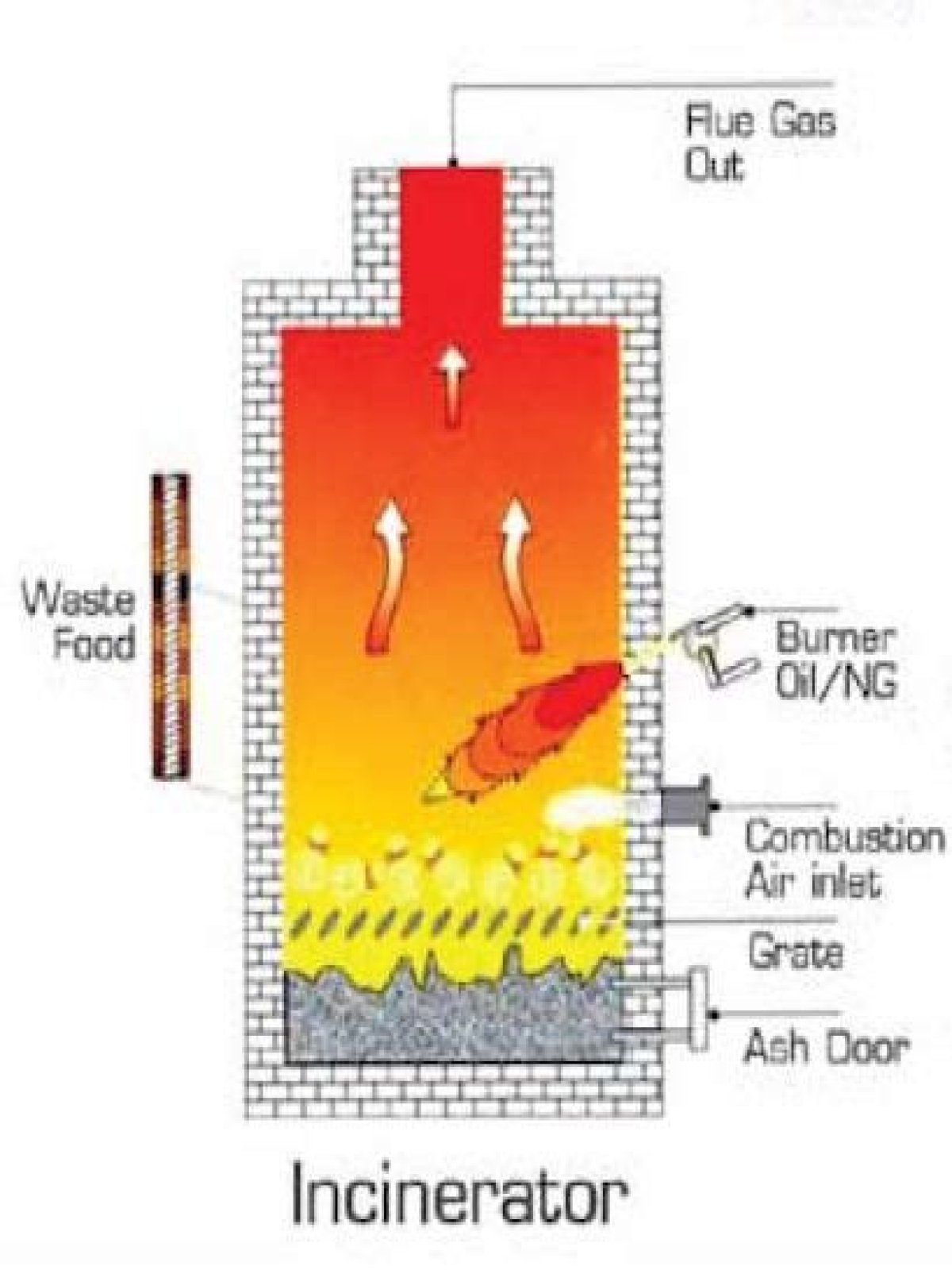What is the main advantage of incineration?
Consequently, what are the pros and cons of incineration?
List of Pros of Incineration
- Better Waste Management. The first major advantage of incineration is waste management.
- Less Dependence on Landfills.
- Savings on Transportation of Waste.
- Energy as a Byproduct.
- Uncontaminated Groundwater.
- Not that Affordable.
- Bad for the Environment.
- Long Term Challenges.
Subsequently, question is, what are the major advantages and disadvantages of using incinerators to burn solid and hazardous waste? -Advantage is that it kills and burn most of the pollution from the trash. The disadvantage is the incinerators release air pollution to harm it surrounding. Major advantage is low operating costs.
Similarly one may ask, is incineration a good option for our waste?
Incinerators are fundamentally a way of treating waste before landfilling it. Although incineration is often touted as a landfill alternative, the fact is that 25 percent of the weight of incoming trash remains as residual ash that still requires landfilling or disposal.
What are the advantages of solid waste disposal by means of incineration?
Incineration provides the best way to eliminate methane gas emissions from waste management processes. Furthermore, energy from waste projects provides a substitute for fossil fuel combustion. These are two ways incineration helps reduce greenhouse gas emissions.
